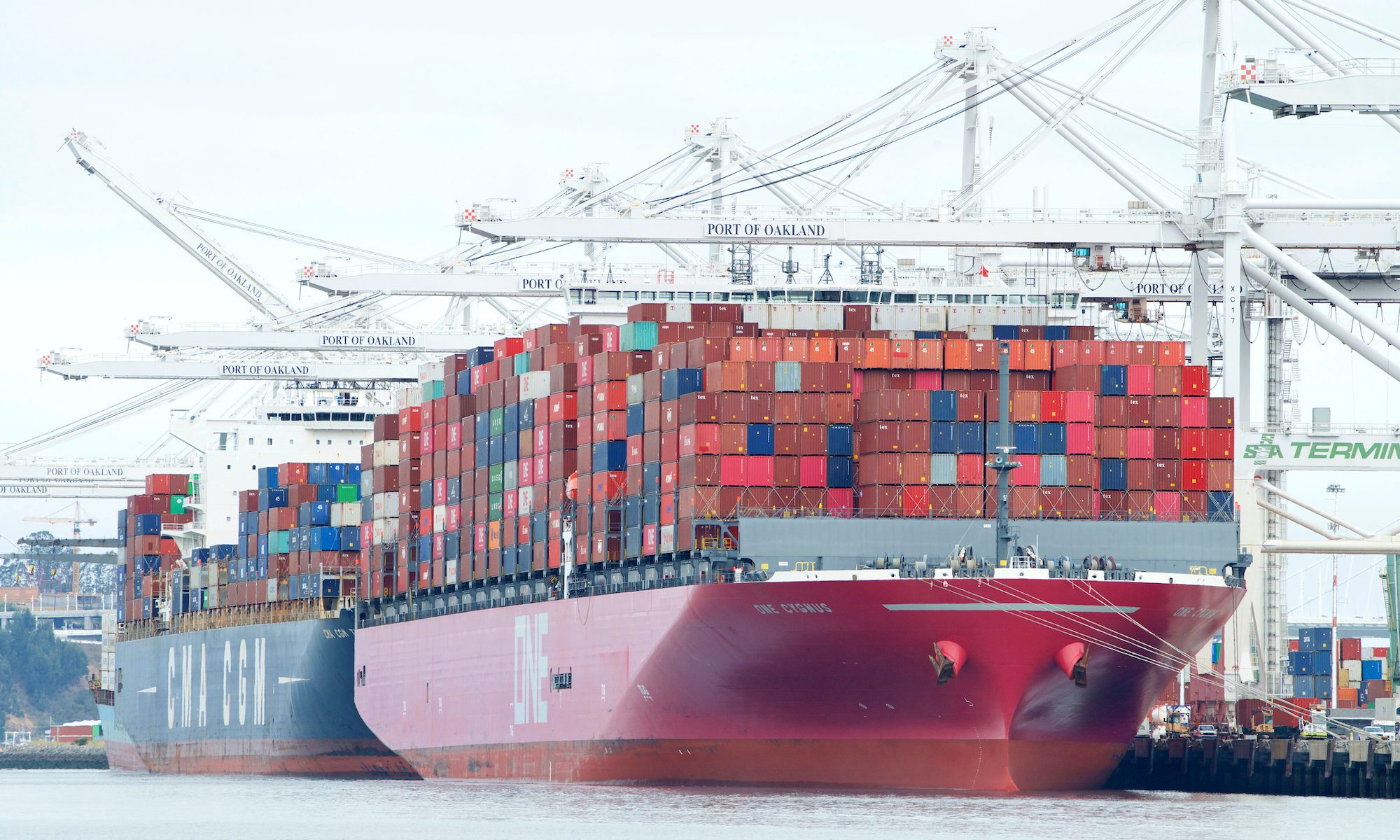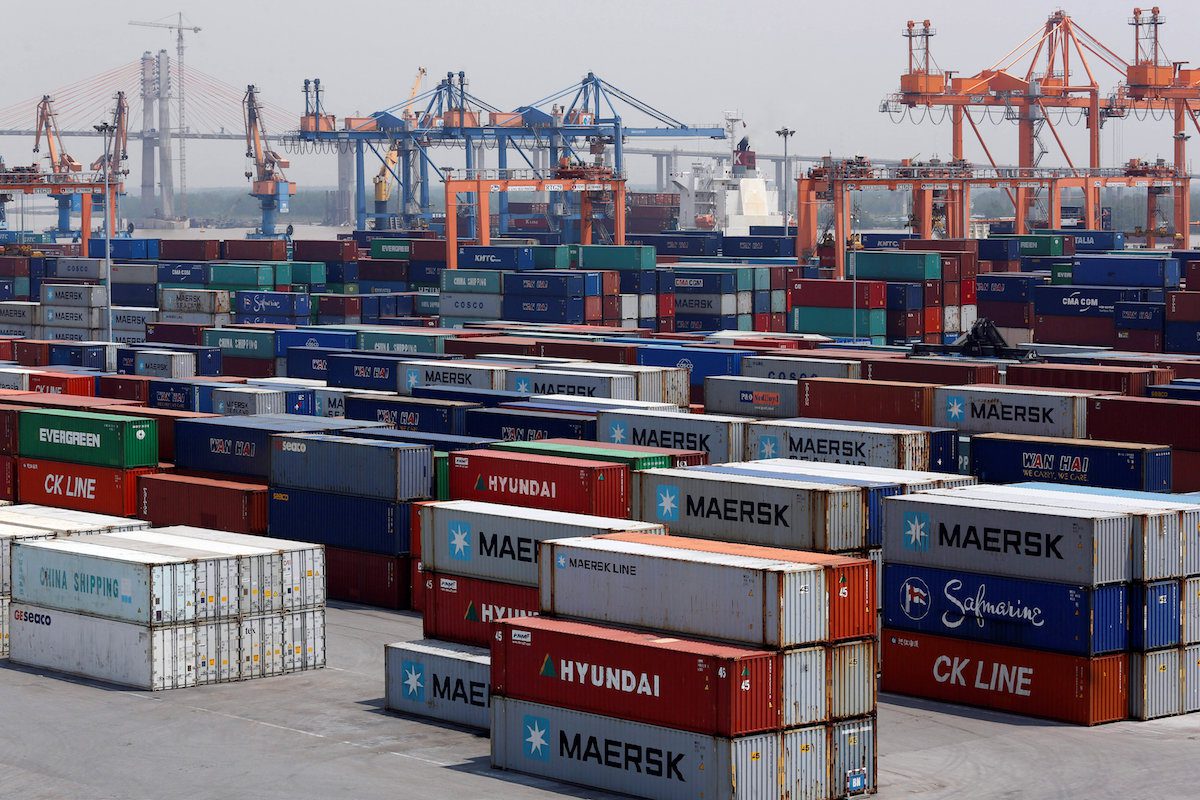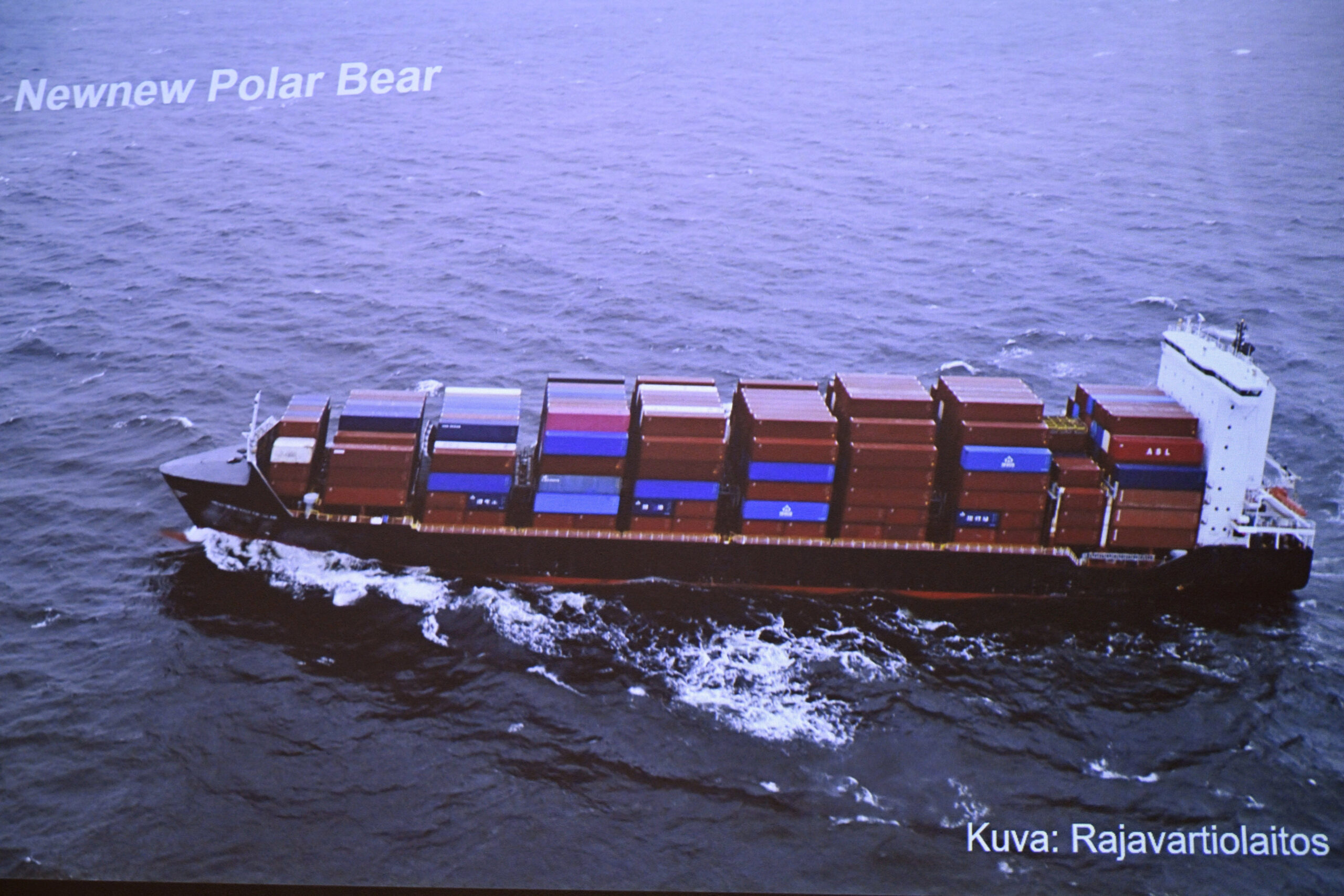By Nick Savvides (The Loadstar) –
Weak demand in the three major ocean trades, coupled with the expected flood of new tonnage, will feed declining rates, according to the latest report by Maritime Strategies International (MSI).
And ONE CEO Jeremy Nixon said today: “Demand in the last quarter [Q1 23] has been significantly weaker than the previous two years’ first calendar quarters.”
But he added this was not unexpected “since the Covid 2022 recovery cycle brought strong inventory ramp-up programmes for consumer merchandise”.
Even though Mr Nixon believes there has been an over-correction affecting sales and inventory levels, ONE is not expecting any signs of recovery until June or July.
MSI’s report describes spot rates as being “at their lowest sustainable level”, but they are stable, whereas contract terms are still under negotiation for many and “there is further room for weakening in terms of contract freight rates”.
Meanwhile, Drewry’s WCI composite index showed a 2% week-on-week decline, to $1,740.26 per 40 ft, 78% down on the same week last year.
Rates out of Shanghai to Rotterdam and Los Angeles fell 1% and 2%, respectively, and Rotterdam to New York also fell 2%.
Xeneta’s view of contract settlements was brutal, suggesting the shipping industry had “endured a torrid time in April”, with long-term rates falling 10.6%.
“A raft of newly negotiated contracts, with prices reflecting the low market demand and high capacity, dragged rates down across the board – with all regional tradelanes registering month-on-month declines,” added Xeneta.
Its XSI shows rates in all trades have slumped 13.6% this year, with CEO Patrik Berglund adding: “This is now the eighth consecutive month of falls and, at over 10%, certainly one of the most noteworthy.
“March’s dip of just 0.5% was somewhat misleading. It was basically the quiet before the storm as new contracts, at significantly lower prices, were waiting to take effect in April. We can now see the dramatic impact of that.”
Mr Berglund believes carriers “are in a tight spot” as demand has been hit by economic and geopolitical factors, which have put shippers “in the driving seat” during negotiations.
“To demonstrate the sea change in market sentiment here, they [contract rates] were up 118.5% between April 2021 and April 2022. So, given that fundamentals remain weak, it looks unlikely that year-on-year growth will be maintained much longer. We can very likely expect further falls.”
According to the Xeneta XSI, US imports saw the smallest month-on-month decrease of all the indices, 1.5%. But Mr Berglund said: “However, with 1 May looming as the date when a raft of new contracts enter validity, this minor shift may mask true long-term contracted reality.”
European imports registered their largest-ever decline, according to Xeneta, with long-term rates falling 19.5% month on month. Exports fared only a little better, with the sub-index dropping 15.8%.
(c) Copyright Thomson Reuters 2023.

 Join The Club
Join The Club











